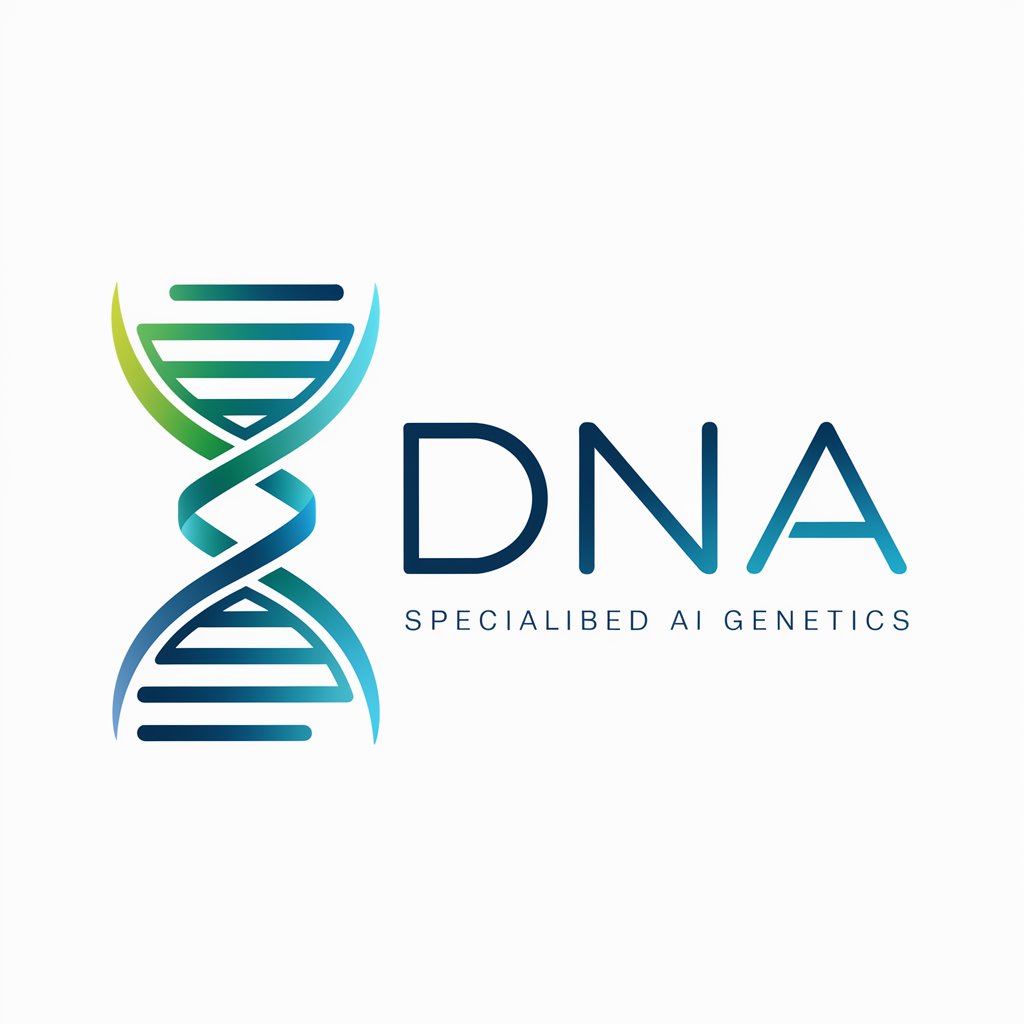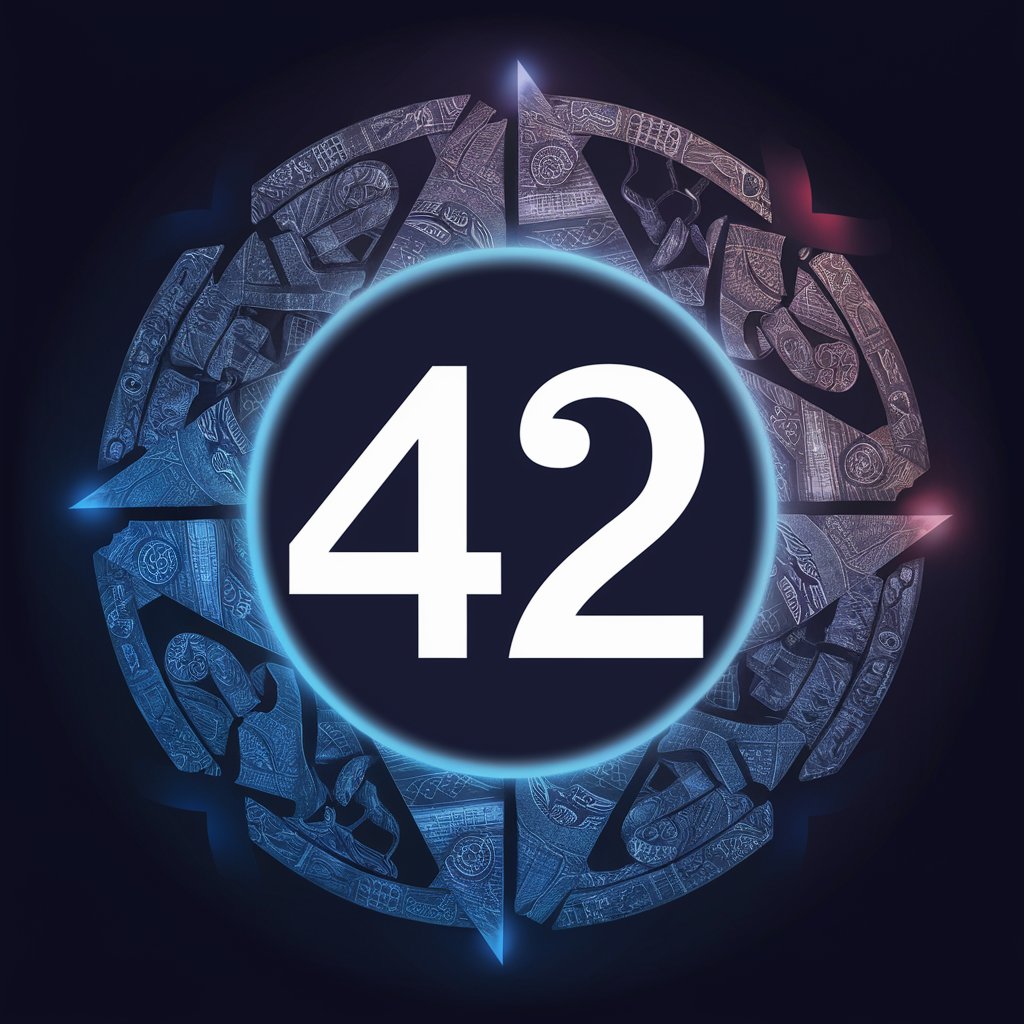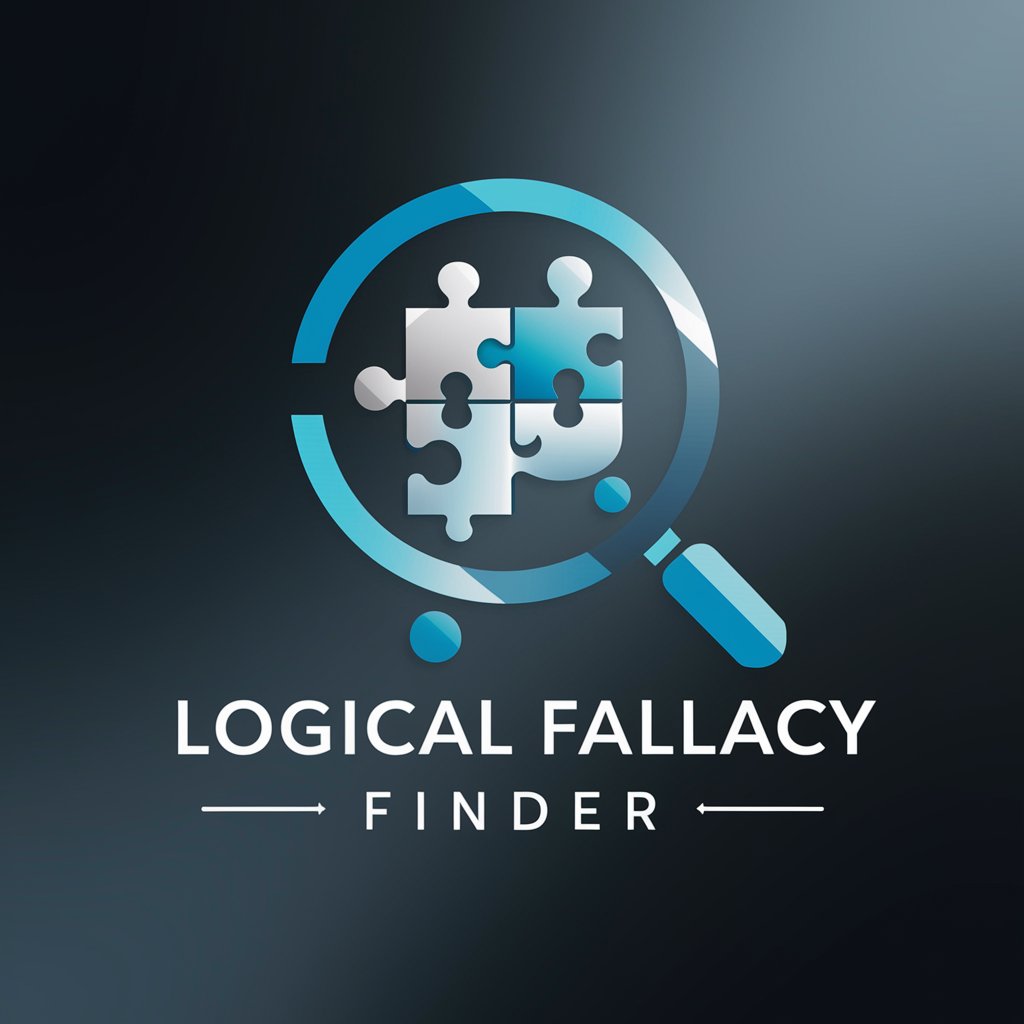DNA - DNA Analysis & Insights

Hello! Let's explore the fascinating world of genetics together.
Unlocking the secrets of DNA with AI
Can you explain the basic structure of DNA?
What are the key differences between genes and chromosomes?
How do genetic mutations occur and what are their effects?
What are the latest advancements in genetic research?
Get Embed Code
Introduction to DNA
DNA, or deoxyribonucleic acid, is a molecule that contains the instructions an organism needs to develop, live, and reproduce. These instructions are found inside every cell, and are passed down from parents to their offspring. DNA's structure is a double helix, formed by base pairs attached to a sugar-phosphate backbone. An easy way to visualize DNA is to think of it as a twisted ladder, where the base pairs are the rungs and the sugar-phosphate backbones are the sides of the ladder. Each segment of DNA that contains instructions to make a specific protein is known as a gene. For example, in humans, the gene for eye color contains the instructions for the synthesis of a protein that determines the pigment of the eyes. Powered by ChatGPT-4o。

Main Functions of DNA
Genetic Blueprint
Example
Protein synthesis
Scenario
DNA provides the instructions for the synthesis of proteins, which are critical for the structure, function, and regulation of the body's tissues and organs. For instance, the hemoglobin protein, which carries oxygen in the blood, is encoded by genes in DNA.
Genetic Inheritance
Example
Eye color inheritance
Scenario
DNA is responsible for the inheritance of traits from parents to offspring. The combination of DNA received from both parents influences various attributes such as eye color, height, and even susceptibility to certain diseases.
Cellular Function and Replication
Example
Cell division
Scenario
DNA is essential for cell division, ensuring that each new cell receives a complete set of instructions. During cell division, DNA replicates itself, allowing each new cell to have a copy. This is crucial for growth, development, and repair of the organism.
Ideal Users of DNA Services
Researchers and Scientists
Individuals in the field of genetics, molecular biology, and bioinformatics who require detailed genetic information for studies related to gene function, genetic diseases, and evolutionary biology.
Medical Professionals
Healthcare providers who use genetic information to make informed decisions about patient care, including diagnosis and treatment of genetic conditions.
General Public with an Interest in Ancestry and Health
People curious about their genetic makeup, ancestral heritage, and potential health risks associated with their genes. DNA testing services can provide insights into these areas.

How to Use DNA - A Guide
Initiate Your Journey
Begin by accessing yeschat.ai for a complimentary trial, allowing exploration without the need for login or a ChatGPT Plus subscription.
Define Your Goals
Identify your objectives with DNA analysis, whether for academic research, personal interest in genealogy, or medical insights.
Collect DNA Sample
Follow a sterile procedure to collect your DNA sample, typically via a cheek swab or saliva collection, depending on your analysis purpose.
Analyze Your DNA
Utilize specialized software or services to analyze your DNA sample, looking for specific markers, genetic traits, or potential health risks.
Interpret Results
Review the results with a professional if necessary, to understand the implications of your DNA analysis fully.
Try other advanced and practical GPTs
42
Deciphering the Universe with 42

Logical Fallacy Finder
Sharpen Your Arguments with AI

Ammo Buy
Find Ammo Fast, Save More

Chrono Quest
Embark on AI-powered temporal voyages.

45 ACP
Unlocking the Potential of .45 ACP with AI

Playground
Empowering Play with AI Innovation

Math Symphony
Unravel Math Mysteries with AI Power

TheraTrue preso
Unlocking Insights on Cannabis with AI

Loophole
Uncovering Opportunities with AI

InfoGraphic Creator
Craft Compelling Stories with AI-Enhanced Infographics

Free Image and Art Prompt Generator
Crafting Visuals with AI Precision

Trendy Tresses
Discover AI-Powered Pink Hair Trends

Frequently Asked Questions about DNA
What is DNA?
DNA, or Deoxyribonucleic Acid, is a molecule that carries the genetic instructions used in the growth, development, functioning, and reproduction of all known living organisms and many viruses.
How does DNA replication occur?
DNA replication involves the unwinding of the double helix, the separation of its two strands, and the formation of two new strands by matching bases (A with T, C with G) to each original strand. This process is semi-conservative, producing two copies that each contain one of the original strands.
Can DNA mutations be beneficial?
Yes, while many mutations are neutral or harmful, some can be beneficial, leading to genetic diversity and adaptation. Beneficial mutations can provide advantages, such as resistance to diseases or adaptations to environmental changes.
How is DNA used in forensic science?
In forensic science, DNA profiling is used to identify individuals based on their unique genetic makeup. This is applied in criminal investigations, paternity testing, and identifying remains.
What is CRISPR-Cas9?
CRISPR-Cas9 is a revolutionary gene-editing technology that allows for precise, directed changes to genomic DNA. It has applications in medicine, agriculture, and biology, offering the potential to correct genetic defects, treat diseases, and improve crop resilience.
